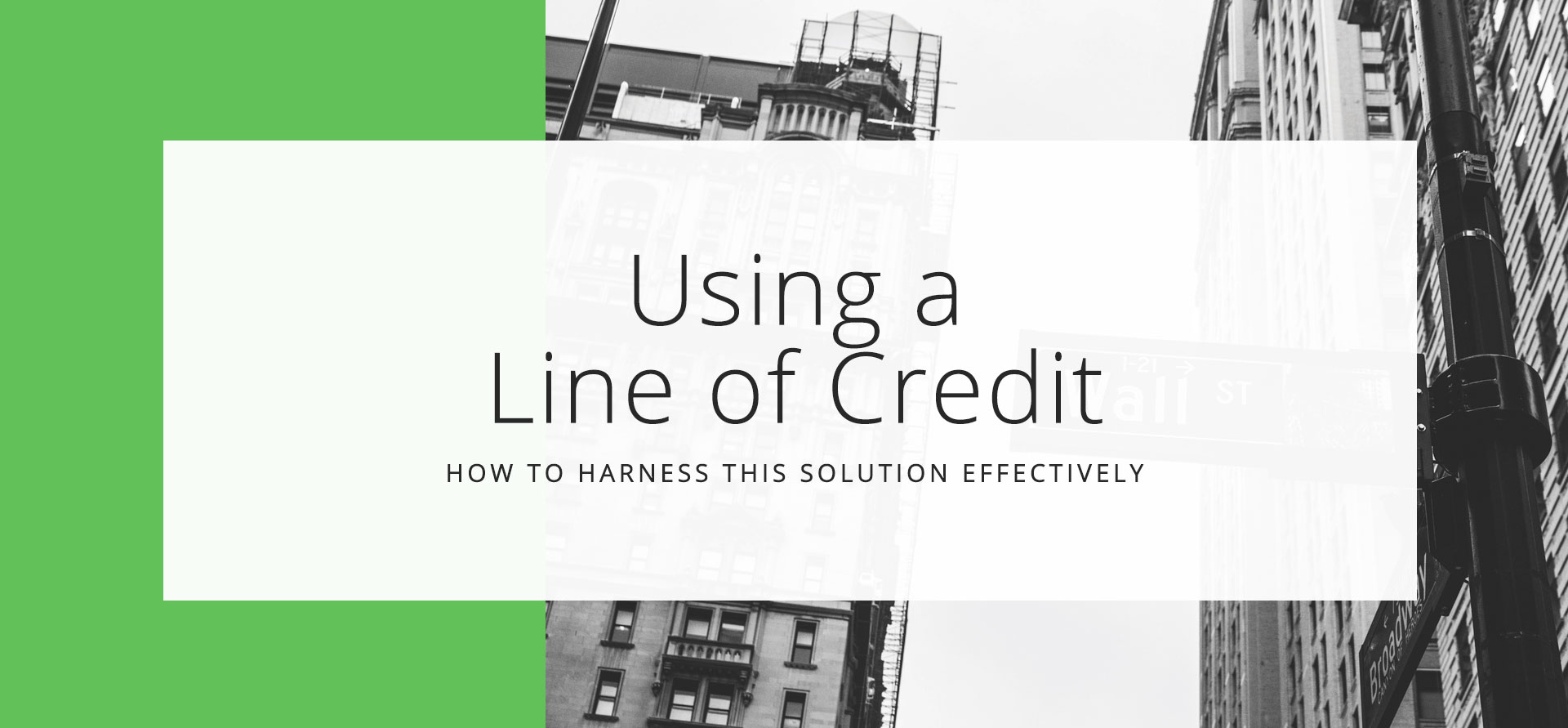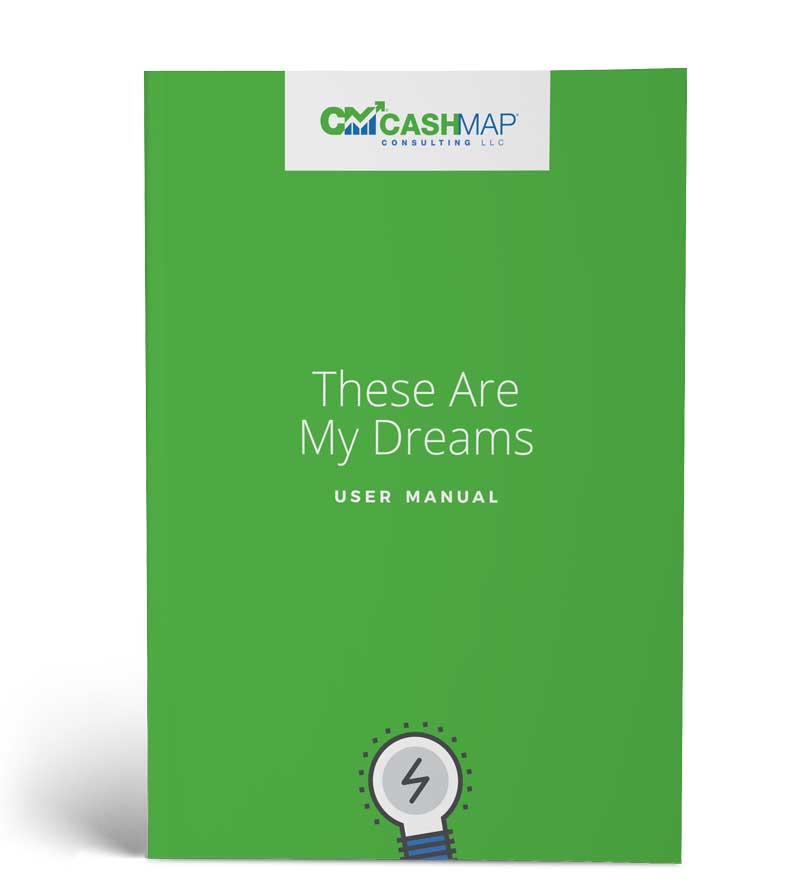
27 Apr Pay Less Interest on Your Line of Credit! Part 1
Cash is King!
We’ve all heard this phrase before. Most of us don’t think we have much money; consequently, we don’t think it applies to us. We’re all too aware of inflation eating into our ability to save. Regardless of how much money we have, this phrase applies to us big time! Learning to make small changes in managing our money will have a big impact on achiving our dreams. Once you understand how bank calculate the interest they’ll either pay your or charge you, and how you can work this to your advantage, you’ll see my point.
Your Average Daily Balance
The bank use the average daily balance on your savings account, your credit card and your line of credit to calculate the interest that they will either pay you or will charge you. (In Canada, it’s called the daily interest charge.) You’ve probably heard the term; however, no one has told you how to use it to your advantage. If you’ve not learned how to manage your average daily balance, don’t feel bad. Bankers, CPA’s, MBA’s, and investment advisors aren’t taught about it either. Yet, without the average daily balance, banks would have no way to calculate how much interest to charge you or pay you.
Your 20 Percent Savings Rate
Let’s assume your bank is going to pay you 20 percent interest on your savings account. Interested? What would you need to do to earn the greatest amount of interest? Let’s assume you deposit $1,000 in your bank account. Does it matter when you make the deposit? Absolutely! If you make the deposit on the first of the month and you don’t make any withdrawals, your average daily balance for all thirty days of month will be $1,000. The bank will pay you 1/12th of the annual 20 percent interest rate. This is $16.67. What if you didn’t get around to making your deposit until the 20th of the month? Since your balance was zero for 19 days and $1,000 for 10 days, your average daily balance will be just $367. The bank will pay you $6.11. You lost out on $10.56. With just this one difference, at the end of year one, the difference is $126.29. By the end of year five, the difference has grown to $1,046!
Cash Management Strategy
There are two lessons we can learn. At first, small changes don’t appear to make a big difference; however, over time the impact really grows. Second, consistency is important. In a savings account, you want to keep your balance as high as possible all month long. When using a line of credit, you want to keep your balance as low as possible all month long. This means depositing your money as early as possible and scheduling the payment of your living expenses to the end of your accounts billing cycle.
In a line of credit, do exactly the thing to ensure you keep the balance on your line of credit as low as possible. A low average daily balance on your line of credit dramatically lowers the interest you are charged. But wait, you’re thinking, “How do I get my income into my line of credit?” You deposit your income by making a loan payment. This dramatically lowers your balance.
Learn to Use Your Line of Credit to Build Wealth
Too learn more about this strategy, read my articles ‘Use a Line of Credit to Pay Off Debt’ and my series, ‘Picture Your Line of Credit’. You can also download my free condensed e-book, ‘Working Your Lazy Dollars’.
Thanks for joining me. I’d love to hear from you. To learn more about how to keep your dollars working for you 24/7, let’s chat. The concepts are easy but they’re a bit counterintuitive. Take advantage of our articles, interactive materials, videos and, e-books. Please send your questions, topics or suggestions to dennis@cashmapconsulting.com. You can also follow me on twitter at cash_map.



Sorry, the comment form is closed at this time.